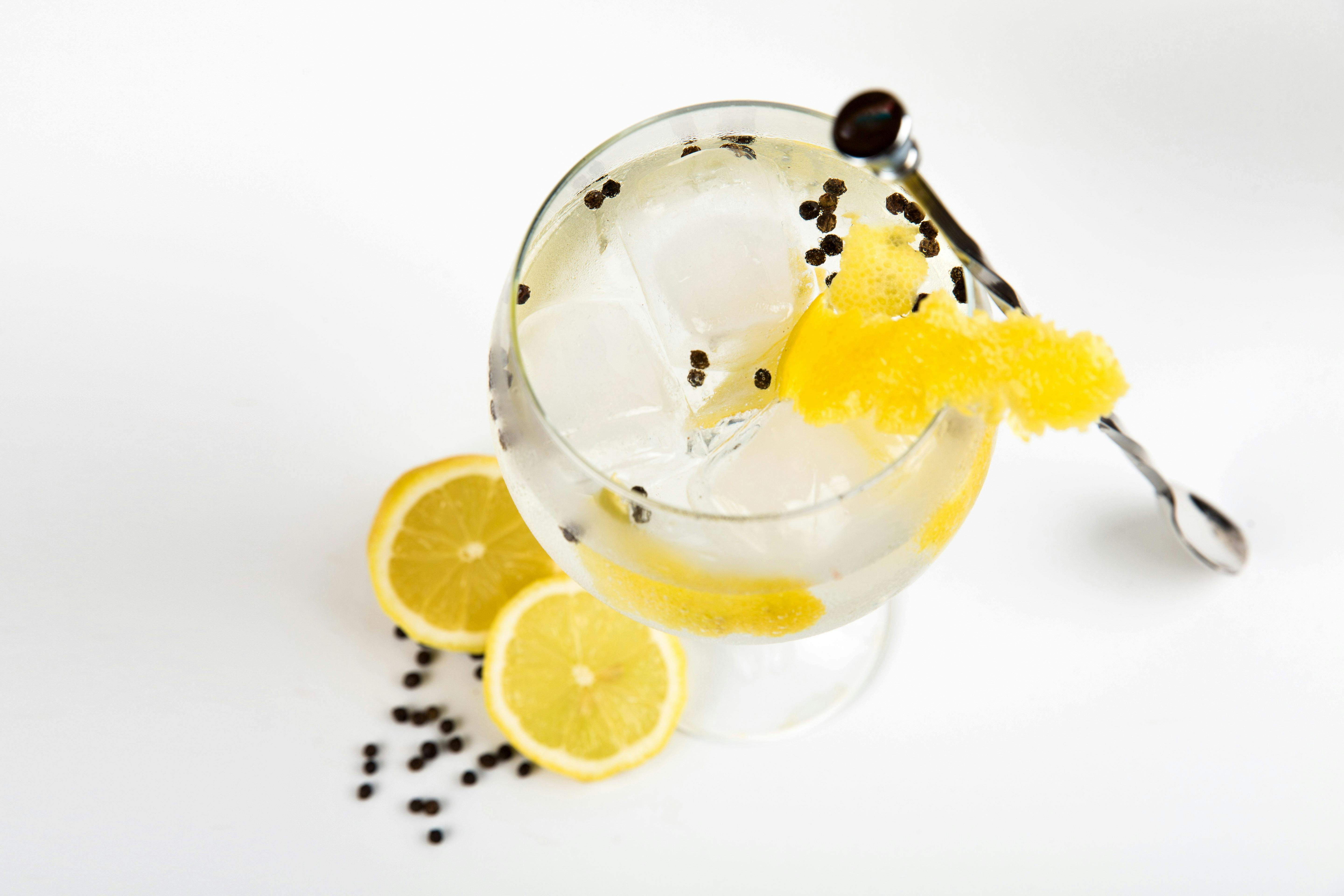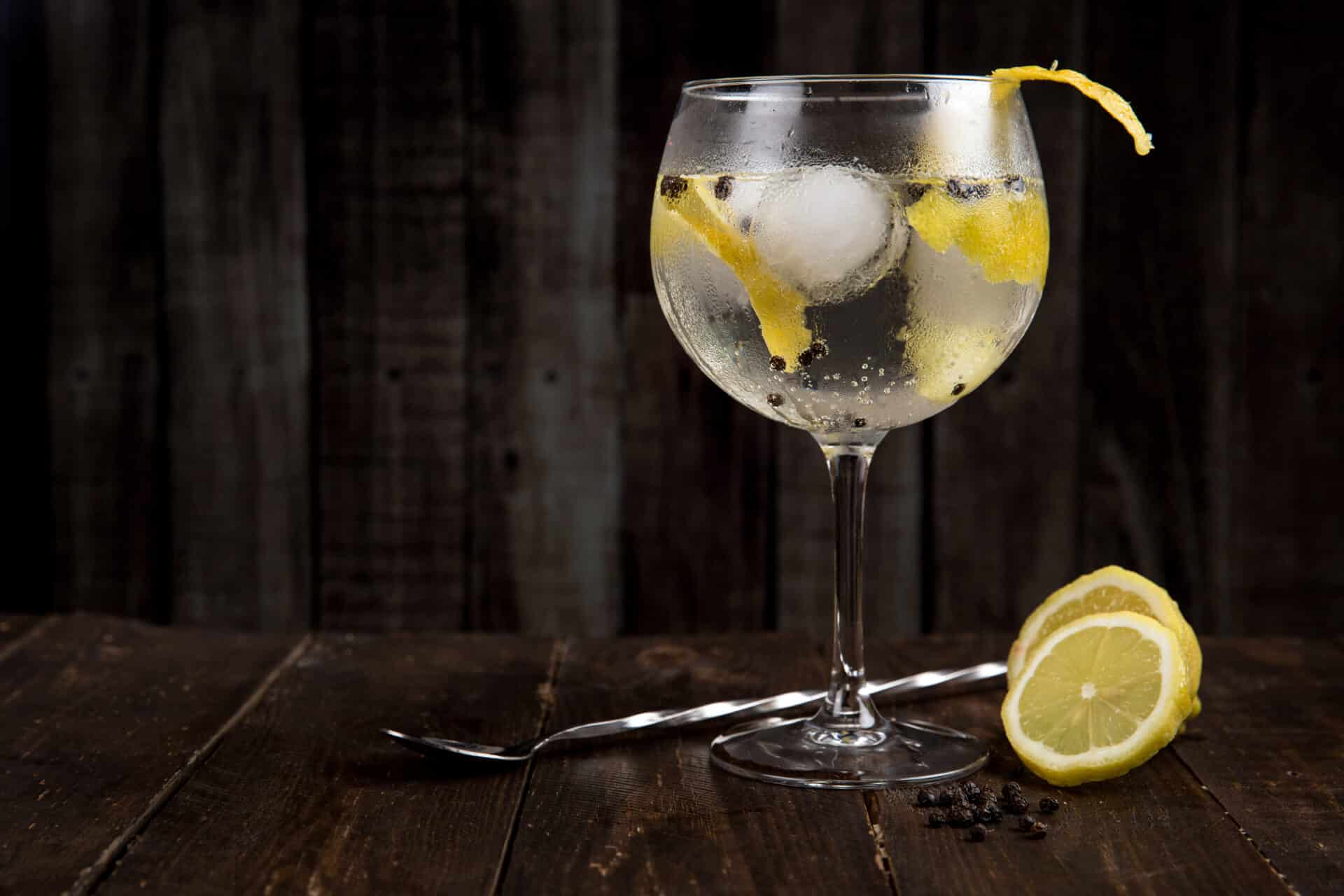Distilling your own gin can be a fun and rewarding experience. With the right equipment, ingredients, and preparation, you can create a unique and flavorful gin that is sure to impress friends and family. The process of distilling your own gin involves several steps: selecting the appropriate materials, preparing the mash, fermenting the mash, distilling the wash, and finally bottling your gin. In this guide we will provide you with all of the information necessary to start your journey into DIY distillation. We will also detail how to make flavorful additions such as juniper berries, spices, and other botanicals that will give your gin its signature flavor. So let’s get started!In order to distill gin, you will need the following items: a still, such as a pot or alembic still; a heat source, such as an electric element, a propane burner, or a wood fire; juniper berries and other botanicals; water; sugar or malt for fermentation; yeast; and clear containers for storing the finished product.
Preparing The Still For Distilling Gin
Distilling gin involves creating a high-proof spirit from a base of grain alcohol and juniper berries. To do this, you will need to set up a still. A still is a device used to heat liquid ingredients and capture the resulting vapors in order to distill them down into an alcoholic spirit. Preparing the still for distilling gin can be done quickly and easily with the right equipment and supplies.
The first step in setting up the still is to select a suitable pot. This should be large enough to hold all of the ingredients, as well as having enough capacity to create a sufficient vapor for distilling. You will also need a thermometer, as well as some tubing for connecting the pot to the condenser. Once these items are assembled, it’s time to fill the pot with your chosen ingredients.
Once everything is in place, you can begin heating up your ingredients in order to create vapor. This should be done slowly and carefully, as too much heat can damage your ingredients or even cause an explosion if not monitored properly. You should also keep an eye on the temperature of your mixture at all times,
Making The Gin Mash
Making the gin mash is an essential step in the gin distilling process. It involves combining grain with hot water and allowing it to steep for a period of time. This allows the grain to release its starches and sugars into the mixture, which will then be fermented to create the alcohol base for gin. The grains used in making a mash can vary depending on the desired flavor profile of the finished product, but typically include wheat, barley, corn, oats, or rye. Depending on the style of gin being made, additional ingredients such as botanicals may be added to give it unique flavors and aromas.
Once all of the ingredients have been combined together in a large pot or container known as a mashing tun, they need to be heated until they reach a temperature of around 70°C (158°F). At this point they will need to be stirred regularly for at least 30 minutes before being left to steep for a further 24 hours so that all of the starches have been converted into sugars. During this time, additional ingredients such as botanicals may be added to give it unique flavors and aromas.
Fermenting the Mash
Brewing beer is a long process, and one of the most important stages of that process is fermenting the mash. The mash is a mixture of grains, hops, and yeast that has been boiled and cooled. During fermentation, the yeast consumes sugar from the grains and produces alcohol and carbon dioxide. This process creates the distinct flavor profile of each beer. In order to ensure that fermentation goes smoothly, brewers must closely monitor temperature, oxygen levels, and yeast activity.
Temperature is one of the most important factors in fermentation; if it’s too hot or too cold, fermentation can be compromised. Brewers use a thermometer to measure temperatures during fermentation and make adjustments as needed. Oxygen levels also affect fermentation; too much oxygen can cause off-flavors in the beer while too little can cause problems with yeast growth. Brewers use an oxygen meter to measure oxygen levels during fermentation.
Finally, brewers must monitor the activity of their yeast during fermentation. This involves regularly measuring gravity (the density of dissolved sugars in liquid) as well as tasting the beer throughout the process to determine when it’s ready for bottling or
Distilling The Mash
Distilling the mash is a key step in the process of making spirits. It involves taking the fermented mash, which is a mixture of grains, fruit, and/or other ingredients, and heating it to create a liquid that contains the desired flavor and alcohol content. The distillation process involves boiling the mash in a still, which is a specialized vessel designed to capture and separate the liquid from any solids or impurities. The boiling temperature of the mash determines the type of spirit that will be produced. This process can take anywhere from several hours to several days depending on the type of spirit being made. After distillation, additional steps may be taken to further refine or add flavor to the finished product.
Distilling is an ancient art that has been practiced for centuries. Today, modern technology has made it easier to produce high-quality spirits with consistent results. Distillers must be well-versed in both traditional and modern methods in order to produce spirits that are true to their style and taste. In addition to distilling equipment, distillers must also have access to high-quality ingredients as well as proper sanitation techniques in order to ensure

Separating the Heads and Tails
Coin tossing is a great way to randomly decide between two options, like heads or tails. It’s easy to do and can be used for many different situations. But how do you actually separate the heads from the tails when you’re done tossing?
The first step is to identify what side of the coin is heads and which side is tails. Usually, one side of the coin has a picture of a person’s head, while the other side has a picture of a tail. Once you’ve identified which side is which, you can begin separating them.
One way to separate heads and tails is to simply pick up each coin and look at it. This method works best if you have only a few coins to sort through. If you have more than that, it can start getting tedious and time consuming.
A faster method for separating heads and tails is to use something like small bowls or cups. Place all of your coins in one bowl or cup, then shake it up so they’re all mixed together
Collecting the Middle Cut
The middle cut is the perfect way to add a unique and stylish look to any outfit. It’s an easy way to add an extra layer of dimension and texture to any look. With a middle cut, you can create a look that is both sophisticated and playful. The middle cut has been popular among fashionistas for years, and it’s not going away anytime soon. There are many ways to rock the middle cut, from a classic bob to choppy layers. You can even mix and match different cuts for a truly unique style.
The key to mastering the middle cut is finding the right length for your face shape. If you have an oval face shape, then you should go for something that hits just below your chin or slightly longer than that. If you have a round face shape, then you should opt for something that falls just above your chin or slightly shorter than that. Once you find the right length for your face shape, it’s time to start experimenting with different styles and cuts.
If you want something more traditional, then try out a timeless bob with some subtle layers around your face. This will give you some extra volume and
Testing The Strength Of Your Gin
Testing the strength of your gin is an important part of ensuring that your gin is of the highest quality. It is also important to ensure that your gin meets all regulatory requirements, such as those set out by the European Union. There are several methods for testing the strength of your gin, including: hydrometers, refractometers, and alcohol by volume (ABV) tests.
Hydrometers are a common tool used to test the strength of a liquid. They measure the specific gravity or density of a liquid and can be used to determine how much alcohol is present in a sample. Refractometers are another tool which measure the refractive index of a liquid, which in turn can be used to calculate ABV.
Alcohol by Volume (ABV) tests involve taking a sample of your gin and measuring the amount of alcohol it contains. This can be done using an ABV meter or through distillation techniques such as boiling off or fractional distillation. It is important to note that ABV tests should never be done on unfinished gin as this could result in inaccurate results.
Finally, it is also important to consider other

Conclusion
Distilling your own gin can be a fun and rewarding experience. You can choose the type of still you want to use, the ingredients and botanicals you want to use in your gin, and the overall flavor profile that you’re looking for. With the right equipment and knowledge, you can make a delicious gin that is unique and tailored to your taste. It’s also an environmentally friendly way to get your drinks because you don’t have to buy plastic bottles each time you need a refill.
No matter how experienced or inexperienced you are when it comes to distilling spirits, making your own gin at home is within reach. All it takes is some patience, practice and a good recipe. Once you’ve got the hang of it, your homemade gin will be one of the best things in your bar!

